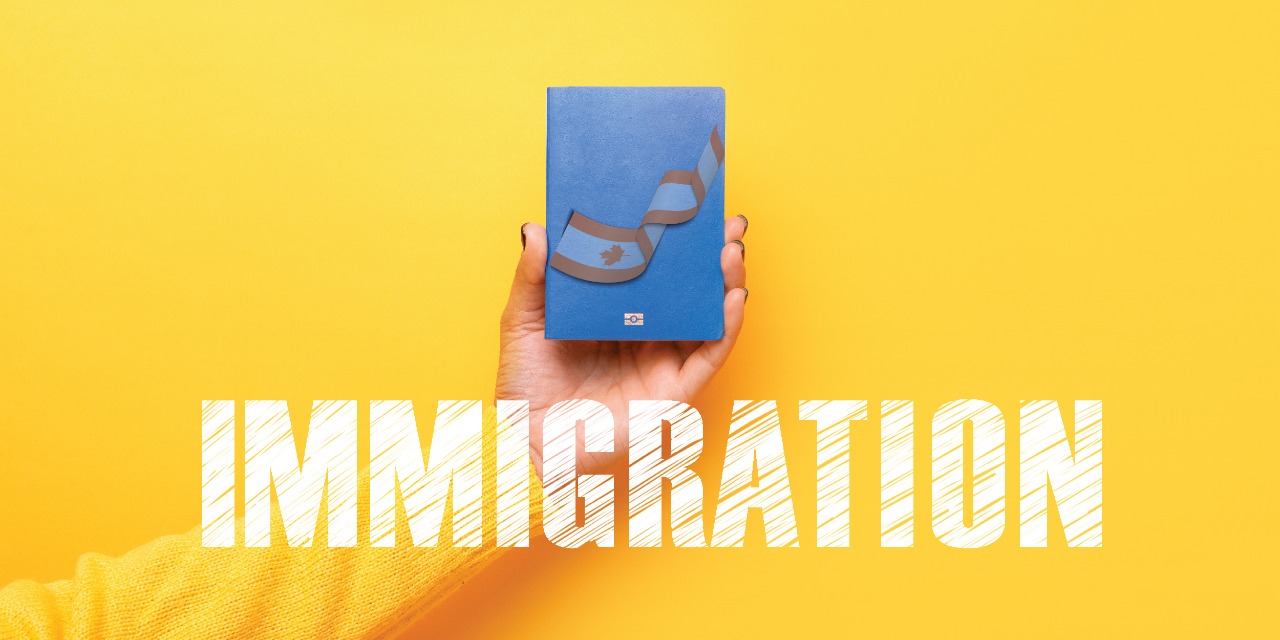Introduction

Canada is home to picturesque prairies, beautiful mountains, some of the world’s greatest cities, and the best universities. If a candidate is considering studying in Canada as an international student, they might be wondering what is involved, how to prepare, and what the settlement options are after one graduate.
To help potential candidates figure out how to study in Canada, BAL Immigration offers a guide to walk step-by-step through the process. In this manner, candidates can spend less time searching online and more time preparing for a new life at one of Canada’s best educational institutions.
Step 1: Choose the right school!
The first step in the journey is to choose the right school. Even from far away, one can look into the courses, get an understanding of what campus life is like, and take a virtual tour.
It is vital to note that not all educational institutions in Canada are allowed to admit international students. Only those schools that are Designated Learning Institutions (DLI) have been approved to host international students. A good immigration advisor in Canada will have a list of DLIs to which one can apply to.
Step 2: Ensure to qualify and get the documents organized
To apply for a study permit a candidate just needs to make sure that they fit the criteria and have all of their paperwork together. Bal immigration consultancy Canada offers a list of documents needed
- Letter of acceptance from the school which the candidate will attend.
- Proof of identities such as a passport or other valid travel documents required in Canada for participants from the original country.
- Proof you have no criminal record.
- Proof of funds to be able to pay for tuition fees, living expenses, and return expenses. A few ways to provide proof of funds are as follows
- Bank statements from the last four months.
- A bank draft in Canadian dollars
- Proof of a student loan from a bank or other issuer.
- A letter from the organization, person, or school giving you the money for your degree.
- Proof that your tuition and housing fees are paid.
- Proof of scholarships or other funding.
- Proof of health
- Proof you’ll leave after your degree
Step 3: Apply for a study permit
You can apply for a study permit either online or via a paper application. People with disabilities can even apply via a paper application. The study permit application fees are CAD 150 and the biometric fees are CAD 85 or CAD 170 for a family (these fees are subject to change). The best immigration services in Canada have a tab of the latest trends and changes in fee structure.
There even might be additional fees for police verification or the medical exam that the candidate might be required to undertake. Typically it can take up to 12 weeks or more to process a study permit application. Be sure to apply in time!
Step 4: Time to get set up
On arriving at the desired educational institute, one just needs to take care of important logistics, such as figuring out where one is going to live and settling in.
- Get your accommodations settled.
- Find a job.
- Get a bank account
Step 5: Settle into your school community
Several international students undergo a bit of culture shock and loneliness as they move to a different country. It’s normal if one feels homesick, too. Building a community would help. Some things to try:
- Connect with other international students.
- Get involved with schools clubs
- Get support.
The bottom line
While moving to a new country for a degree involves a lot of bureaucratic hoop-jumping. This is worth it for the educational opportunities that one gets. While the process might seem tedious, take it one step at a time using guidance from the best immigration services in Canada and one can easily get it all done.

